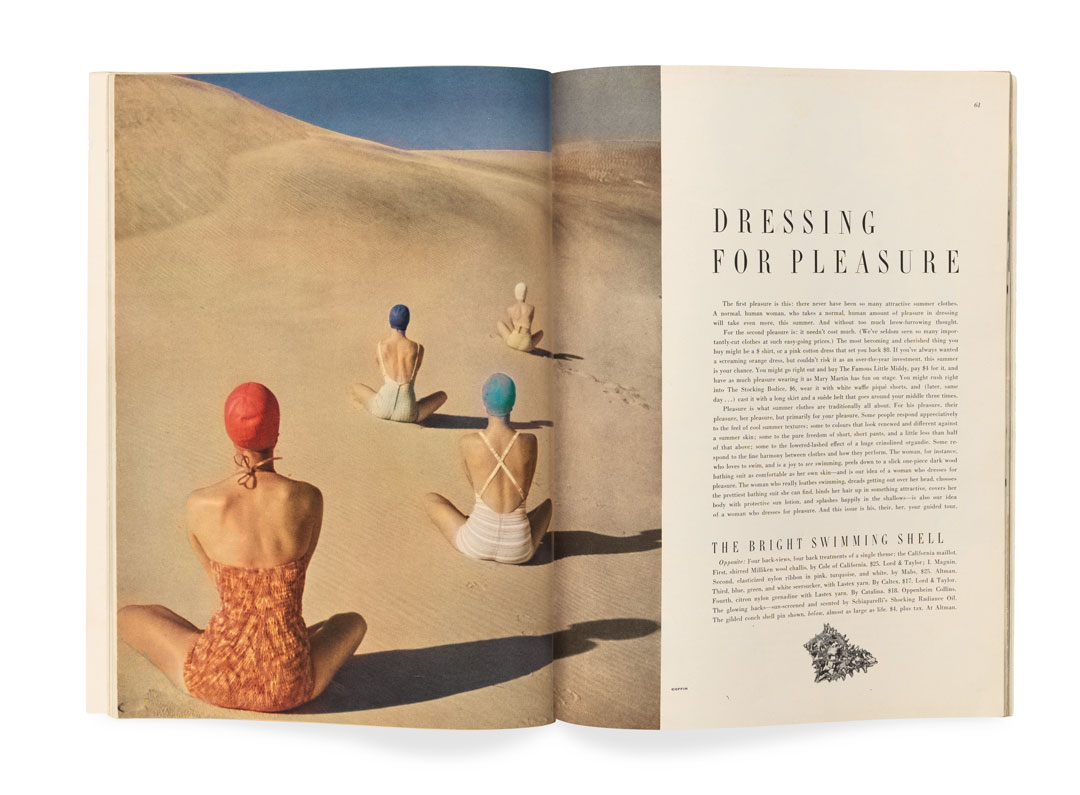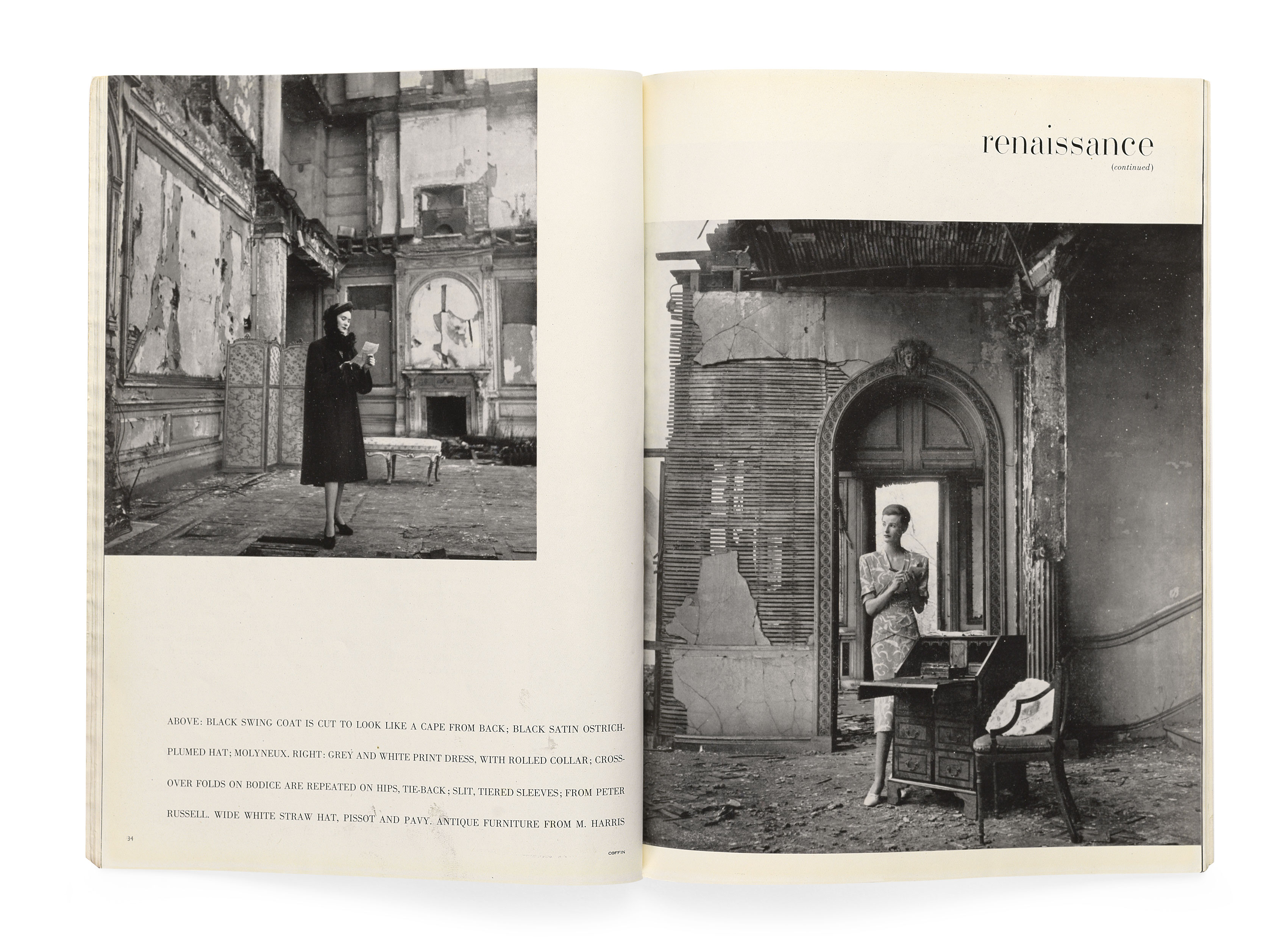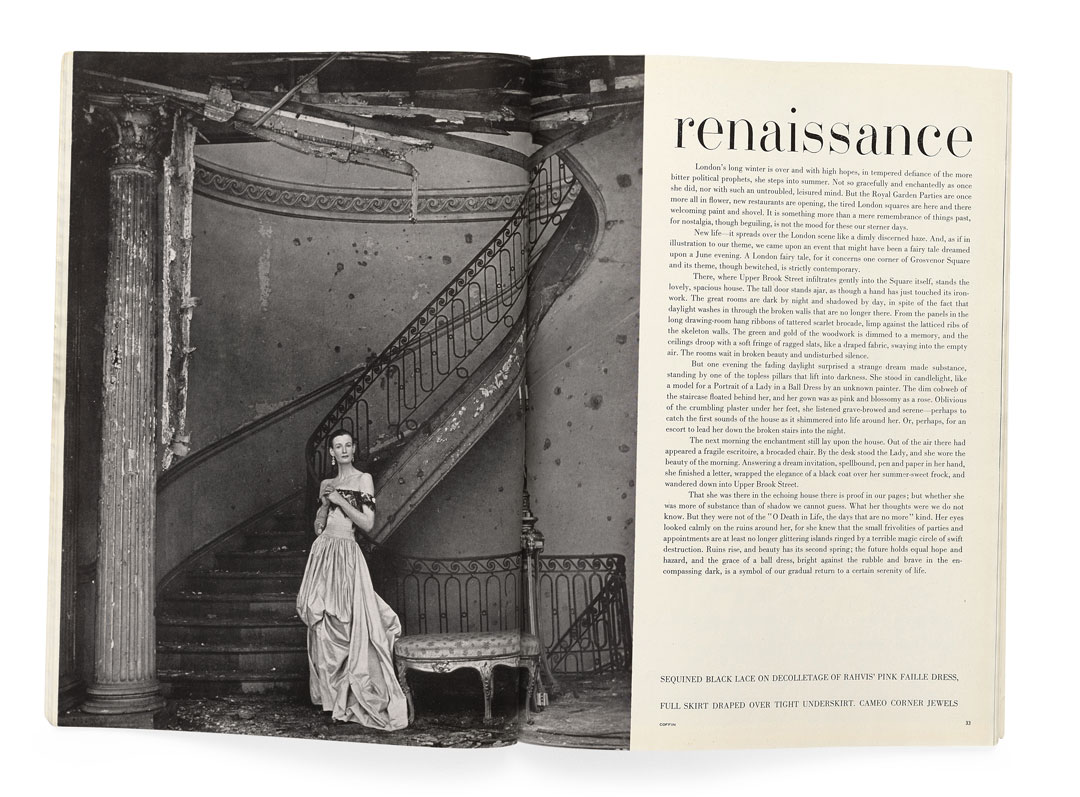
Clifford Coffin - Vogue’s great lost photographer
Vince Aletti recalls the talents and fatal flaws of this brilliant, but self-destructive, fashion magazine photographer
To become a star photographer you need flair and talent, but also some sense of preservation, self promotion, and legacy. Clifford Coffin had all the talent, but lacked most of those other qualities.
“An American photographer brought over to work for British Vogue after the war, Coffin had studied with George Platt Lynes, and his work has a similarly spare, dramatic look, with striking settings and few props,” writes Vince Aletti in Issues: A History of Photography in Fashion Magazines. “Owing to what one colleague, quoted in Robin Muir’s 1997 monograph, called 'a great and frightening capacity for self-destruction,' Coffin’s career in fashion was short.”

Indeed Coffin, who died in California in 1972 aged 58, never oversaw a gallery retrospective, nor published a monograph, and lost much of his work in the mid-1960s, when a fire destroyed his New York studio. He also drank heavily, and by all accounts had a bit of a short fuse.
“He used to throw the editors down the staircase,” recalled the Vogue model Wilhelmina Cooper. “He was witty, bitchy and for the dull fifties shockingly so.”
Nevertheless, he managed to shoot excellent, pioneering fashion photography – he was one of the few people to photograph Christian Dior's seminal ‘New Look’ collection of 1947 and he was also a skilled portraitist, who photographed Lucian Freud, Ernest Hemingway and Richard Attenborough.
What is less well known is that he is also credited with popularising the ring light or ring flash – a device originally developed for dental photography, but now used by everyone from Martin Parr to Rankin to David Bailey.

Coffin achieved all this prior to 1958, when he more or less retired from fashion photography. Among his brief but beautiful body of work, Aletti singles out a 1947 series, “shot in the roofless shambles of a grand house on Grosvenor Square, which ran under the heading “Renaissance.”
“The accompanying text ends on a melancholy note: ‘Ruins rise, and beauty has its second spring; the future holds equal hope and hazard, and the grace of a ball dress, bright against the rubble and brave in the encompassing dark, is a symbol of our gradual return to a certain serenity of life.”
Yet Coffin wasn’t just adept at shooting post-war Austerity Britain. Issues also features a beautiful colour image from a June 1949 edition of US Vogue. “Coffin took June’s most famous fashion photograph,” he writes, “bathing-suit spread that opens the editorial well on a playfully surreal note. Coffin’s arrangement of four seated figures on a sand dune, their backs to us and their brightly colored bathing caps like signposts receding into the distance, recalls René Magritte and anticipates Pop art at its glossiest.”
it's a real pity that Coffin wasn’t around to shoot pop art’s stars when they began to shine, nor lay claim to his place in fashion photography, alongside Cecil Beaton, Erwin Blumenfeld and co.

To see more of Coffin's work and to understand his place in fashion photography, order a copy of Issues, the first book to showcase and critically explore the groundbreaking photography of fashion magazines over the last century.